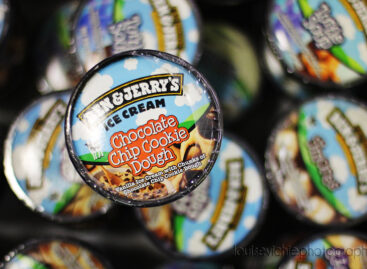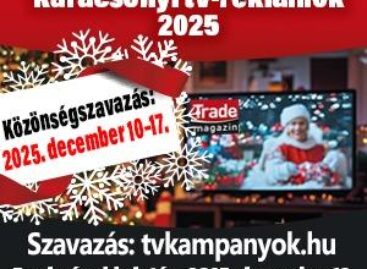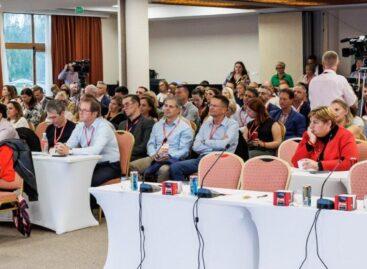Magazine: The busiest street means something else for each brand
On 15 November members of the Trade Marketing Club gathered for this year’s last meeting. The topic was location-related differences and geomarketing research revealing these.
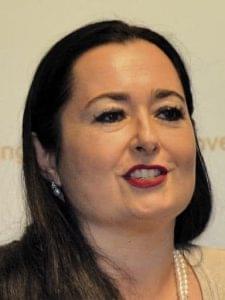
Zsuzsanna Hermann
managing director-editor-in-chief
Trade magazin
Zsuzsanna Hermann welcomed participants and spoke about how selling opportunities vary from quarter to quarter in a city, and about how geomarketing can help in increasing sales if the strategy is tailored to the environment where the given store is located.
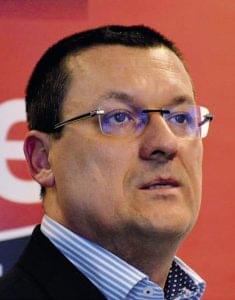
János Kui
head of sales effectiveness
GfK
The first speaker was János Kui, head of geomarketing at GfK, who talked about how geomarketing works: the starting point is how much money people living in a given area can spend in theory. In Hungary the retail-relevant purchasing power is 49 percent of the income, which puts the country in the 31st position in Europe. Mr Kui told that this year we reached 46.6 percent of the European average, which is EUR 6,654. In the last 5 years the income that can be spent was up 20 percent. The trend was negative in the case of highly-positioned counties and cities, but the decrease was only relative as the 7.5-time difference within the whole of the country has remained. GfK measured that at national level Hungarians spend 27 percent of their income on FMCG products.
GfK has found that consumers do 80 percent of their shopping close to where they live. Geomarketing analyses the catchment areas of individual locations and evaluate network development – the latter reveals whether the shop utilises its own and the location’s potentials well. Plus they also map the existing market potential, define the target group and optimise the sales area. All of these are done with the help of geostatistics, macrolocation analysis, data collection and analytics. Mr Kui explained that geomarketing analyses can be used in many ways, e.g. a shop gets to know where customers come from and how much purchasing power they actually get from the location’s full potential.
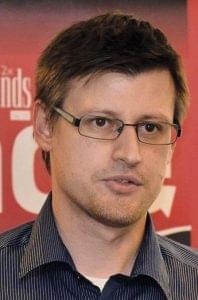
András Nagy
Country CMI BPI
HUAD/CEE
Unilever
Unilever Magyarország used GfK’s geomarketing research to study the out-of-home ice cream market. Country CMI BPI – HUAD/CEE András Nagy introduced the results in detail to the club meeting’s participants. The research revealed that the higher the purchasing power a family has, the more ice cream they buy. However, a larger proportion of children within the family means smaller potential for ice cream products. It turned out that the biggest buyers of Carte d’Or products are consumers older than 60 years – this was also proven by location analysis: where more old-age pensioners live, the level of ice cream consumption is higher. It also came to light that the presence of domestic tourists increases ice cream sales more than the presence of foreign tourists.
Unilever separated its ice cream portfolio into five segments and analysed how the changes in purchasing power affect various brands. The analysis made brand-by-brand recommendations on how to shape the product selection and quantity as per sales location. Mr Nagy explained that they had commissioned the study in order to be able to segment the country from a portfolio perspective, which gives them the chance to create individual sales concepts for locations.
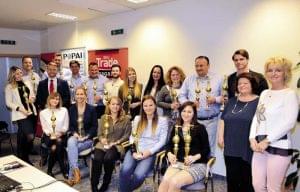
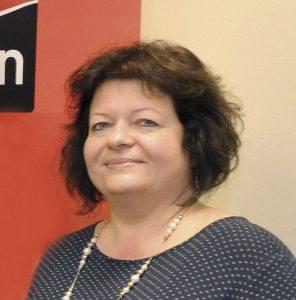
Kátai Ildikó
general secretary
POPAI
The meeting ended with the POPAI Awards ceremony: POPAI general secretary Ildikó Kátai announced the winners and talked about the record number of entries – in 5 categories – in the 9th competition. Works were evaluated at the Business Days conference, and the category winners will represent Hungary at the 2019 GlobalShop.
Related news
Ben & Jerry’s directors set to depart by end of year
🎧 Hallgasd a cikket: Lejátszás Szünet Folytatás Leállítás Nyelv: Auto…
Read more >(HU) Karácsonyi tv-reklámok 2025 – indul a közönségdíj szavazás
🎧 Hallgasd a cikket: Lejátszás Szünet Folytatás Leállítás Nyelv: Auto…
Read more >We took you on a flight! (Part 2)
🎧 Hallgasd a cikket: Lejátszás Szünet Folytatás Leállítás Nyelv: Auto…
Read more >Related news
How do young adults celebrate?
🎧 Hallgasd a cikket: Lejátszás Szünet Folytatás Leállítás Nyelv: Auto…
Read more >Vajda-Papír celebrates Ooops!’s 15th anniversary with a hybrid AI campaign
🎧 Hallgasd a cikket: Lejátszás Szünet Folytatás Leállítás Nyelv: Auto…
Read more >Pre-holiday shopping at up to half price
🎧 Hallgasd a cikket: Lejátszás Szünet Folytatás Leállítás Nyelv: Auto…
Read more >
